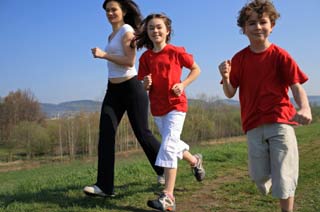
Permanent hearing loss can result from exposure to any sound that is sufficient in intensity and duration (1). In recent years, use of iPod and other personal listening devices have rocketed the market and this is raising many concerns for its users. Many researches have found that there is a correlation between exposure to longer duration of loud music and hearing loss. Sensorineural hearing loss, which was once associated with aging is now also affecting our younger generation, who are frequent users of such devices, iPod (1). The enhanced portability, storage and longer battery life of iPods, promotes more listening and for longer duration, among children and youths. Noise induced hearing damage occurs gradually over time and by the time people realize they have hearing difficultly, the damage is done. But wait! This does not mean you have to throw your iPod away. The good news is such hearing loss could be prevented with simple techniques, while you still enjoy listening to your favorite music.
Tips to avoid iPod hearing Loss.
Don’t listen so loud- It’s safe to regularly listen to your iPod at about 60% of
it’s maximum volume. Anything louder than that over an extended period is risky.
Use Volume Control- Restrict your maximum volume sound to avoid increasing to an unsafe level.
Limit Your Listening- The length of time listening to music can contribute to hearing loss also. The louder the music, the shorter you should listen. Give your ears a chance to rest between sessions.
Use the 60/60 Rule-Combination of volume and length of exposure can cause hearing loss, therefore it’s recommended to listen to an iPod for 60 minutes at 60% of max volume and then take a break. Ears that get a rest have time to recover and are less likely to be damaged.
Never Max it out- Don’t maximize your volume. It’s safe to listen to your iPod at maximum volume for just 5 minutes.
Reference
http;//www.hearninglossweb.com/Medical/Causes/nihl/mus/ipod.htm.




